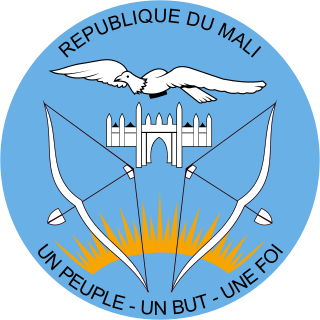Top Qs
Timeline
Chat
Perspective
Elections in Mali
From Wikipedia, the free encyclopedia
Remove ads
Mali elects on the national level a head of state – the president – and a legislature. The president is elected for a five-year term by the people. The National Assembly (Assemblée Nationale) has 160 members, elected for a five-year term, 147 members elected in single-seat constituencies and 13 members elected by Malians living abroad.
Political parties
Mali has a multi-party system, with numerous parties in which no one party often has a chance of gaining power alone, and parties must work with each other to form coalition governments.
Gender parity
On 12 November 2015, the National Assembly voted in favour of a gender parity law requiring at least thirty percent of elected or appointed officials to be women.[1] The law was ratified the following month as Law 2015-052 of 18 December 2015.[2]
Latest elections
Presidential elections
Parliamentary elections
Parties formed different alliances in different constituencies, making it impossible to determine a national set of vote figures.[3] The election continued a decades-long trend of turnout being under 40% in the country, and the first-round elections were marred by violence in the north and center of the country.[4] The Voice of America reported voter turnout of only 12% in Bamako because of concerns about COVID-19, violence, and voter indifference.[5]
Remove ads
See also
References
External links
Wikiwand - on
Seamless Wikipedia browsing. On steroids.
Remove ads
